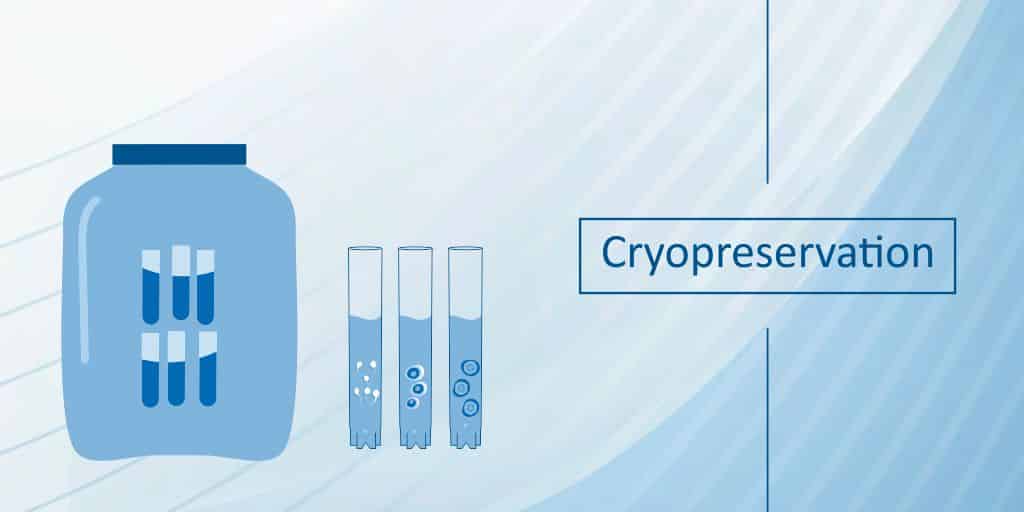Cryopreservation and Safety Concerns

Cryopreservation is a technique used to preserve cells, tissues, organoids, and biological material at ultralow temperatures.
Why preserve at Ultra-low temperature?
To store the material for a long time and for future use, it requires arresting all physical, chemical, and biological processes at a temperature which is as low as -196℃. The cooling should be done at a controlled temperature by avoiding the formation of ice crystals, if cells are cooled too quickly it can damage the cell membrane leading to cell death. Cryopreservation prevents the cell from death and it can also be referred to as cells in a hibernating stage.
All cryogenic liquids are gases at normal temperatures, they must be cooled below room temperature before an increase in pressure can liquefy them upon removal from low-temperature storage. Liquid nitrogen that may have seeped into the closed tube may suddenly expand (690 times) during conversion from gas to the liquid phase. When not handled properly, the cryovials may explode and result in physical injuries and exposure to the vial contents. Hence it is to be noted to cryopreserve in vapour phase of liquid nitrogen.
How to prevent Cryo damage:
- Use of cryoprotectant/ antifreeze chemical (glycerol/ethylene glycol/propylene glycol/DMSO): Using a cryoprotectant increases the solvent content by balancing the solute concentration which prevents ice crystallization and cell damage.
DMSO and glycerol are generally used in concentrations ranging from 5-10% and are not used together. The optimum concentration of the cryoprotectant varies with the cell type and for optimal results, the cells which can tolerate the highest concentration should be used.
- Slow Freezing: Slow cooling results in a greater loss of water from the cell and less internal ice being formed, resulting in an increase in the solution effects. Cell permeability affects the rate of water loss, more permeable cells can tolerate rapid cooling better than less permeable cells
Application of preservation
Potential Hazards of Cryogen:
Different cryogens become liquids under varying conditions of temperature and pressure, but all have several potential hazards in common, which are outlined below.
Cryogenic liquid and its associated cold vapour and gases cause an adverse effect on the skin like thermal burns. Short exposure does not affect skin, face and hands but can damage delicate tissue such as eyes, hence protective gears must be used in handling gaseous cryogen.
Toxic hazards from a few gaseous cryogens can cause specific health effects, for Eg: liquid carbon monoxide can release large quantities of carbon monoxide gas, which can cause immediate demise. Hence refer to the material safety data sheet for the toxic hazards of any particular cryogen being used in your laboratory setup.
Cryogens must be used and stored in areas with adequate ventilation to prevent creating an oxygen-deficient atmosphere.
What we offer:
We at Accumax offer a wide range of volumes from 1ml to 5ml as per your flexibility in storage requirement with externally threaded vials, having a single-handed operation for ease of use, and with a sterility assurance level of Sal 10-6 reducing the chance of contamination.
Original source: https://accumaximum.com/blogs/cryopreservation-and-safety-concerns/

